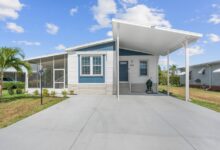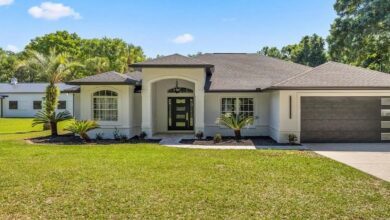New Home Sale
Purchasing a new home is one of the most significant decisions and investments you will make in your life. However, for many first-time homebuyers or even seasoned property investors, the process can often be overwhelming, with numerous choices, financial considerations, and decisions to navigate. In this comprehensive guide to new home sale, we aim to simplify the journey by explaining the benefits of buying a new home, what to look for in your new property, and how to make informed choices that suit your needs.
What is a New Home Sale?
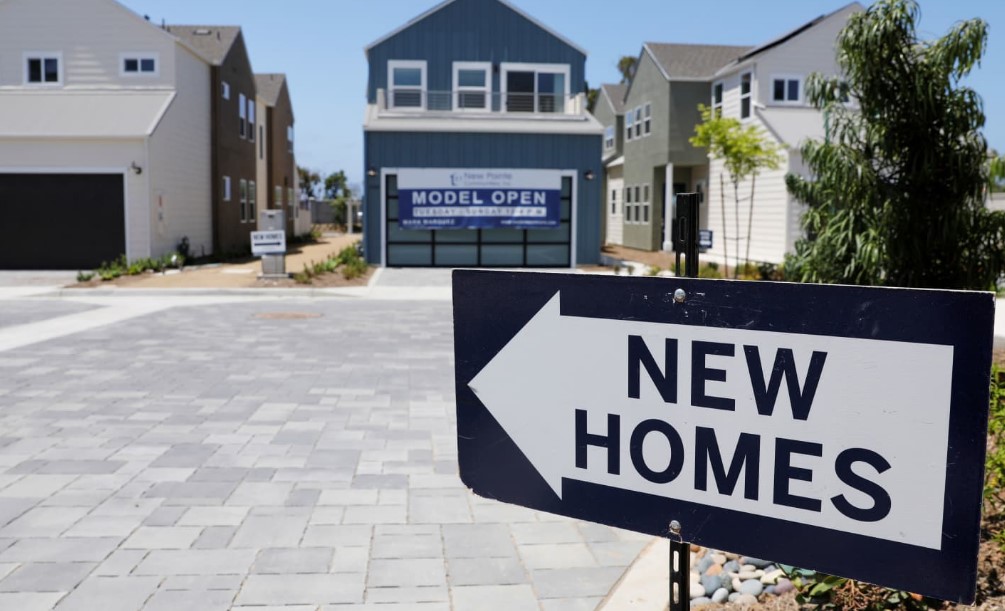
A new home sale refers to the transaction of purchasing a property that has been newly constructed. These homes have never been lived in, unlike pre-owned or resale homes. Typically, new homes are sold directly by homebuilders, developers, or real estate agents associated with the builders. These homes are often located in newly developed neighborhoods or master-planned communities, offering modern layouts and features that appeal to contemporary buyers.
A new home offers an array of advantages, including the latest building standards, energy-efficient features, and customizable designs. The key difference between new homes and resale homes is that with new homes, buyers are often able to choose certain aspects of the home, such as floor plans, finishes, and even appliance selections, depending on the stage of construction. This flexibility can allow you to tailor your new home to fit your lifestyle and needs, making it an attractive option for many.
Types of New Home Sale
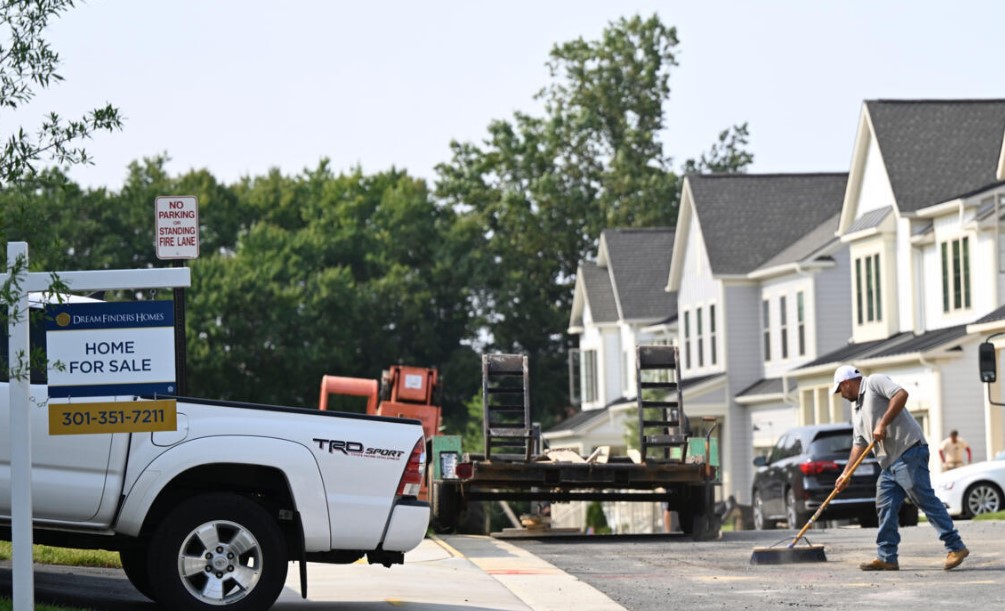
When considering a new home purchase, it’s essential to understand the different types of new home sales available. Each type offers unique advantages depending on your preferences, budget, and lifestyle needs. The most common types of new home sales include speculative homes, custom homes, semi-custom homes, and model homes. Each of these has distinct characteristics, and understanding them can help you make an informed decision.
1. Speculative Homes
Speculative homes, often referred to as “spec homes,” are homes built by developers based on anticipated demand rather than specific buyer preferences. These homes are designed and constructed without a specific buyer in mind but are intended to appeal to a broad range of potential buyers. Speculative homes are usually built with standardized designs and finishes that appeal to the general public.
Advantages of Speculative Homes:
- Ready to Move In: These homes are typically completed and ready for immediate occupancy, making them ideal for those who don’t want to wait for construction to be finished.
- Lower Costs: Since they are built in advance, spec homes often come at a more affordable price than custom-built homes.
Disadvantages of Speculative Homes:
- Limited Customization: Buyers may have limited ability to make design changes or select specific features.
- Less Personalization: The design and layout are set by the developer, which might not align with your preferences.
2. Custom Homes
A custom home is a fully bespoke property designed and built according to the buyer’s specific preferences. With a custom home, you can choose everything from the layout to the materials, finishes, and appliances. This type of new home sale offers the highest degree of personalization, as the home is crafted to meet your individual needs.
Advantages of Custom Homes:
- Total Personalization: You have complete control over the design, ensuring the home fits your lifestyle and tastes perfectly.
- Quality Construction: Custom homes often include high-quality materials, as they are designed to meet the buyer’s exact specifications.
Disadvantages of Custom Homes:
- Longer Construction Time: Custom homes take longer to build, which can delay your move-in date.
- Higher Cost: Customization and the use of high-end materials often lead to higher construction costs.
3. Semi-Custom Homes
Semi-custom homes offer a balance between speculative and custom homes. These homes are typically built with a set of pre-designed layouts and floor plans, but the buyer can make certain modifications to suit their needs. For example, you might be able to choose from a variety of finishes, countertops, or floor plans within a pre-established framework.
Advantages of Semi-Custom Homes:
- Flexibility: You can still make design changes within the builder’s predefined options, offering more personalization than a spec home.
- Faster Construction: Semi-custom homes usually take less time to build than fully custom homes since many of the decisions have already been made.
Disadvantages of Semi-Custom Homes:
- Limited Customization: While you can make some choices, you are still limited to the builder’s pre-designed templates.
- Potential Extra Costs: Some customization options might come at an additional cost.
4. Model Homes
Model homes are show homes built by developers to display the layout, features, and design options available in a new community. These homes are typically fully furnished and decorated to show potential buyers how the space could look once they move in. Model homes are often used as a sales tool and are not intended to be sold until the builder decides to sell them as part of the final stages of the development.
Advantages of Model Homes:
- Move-In Ready: Model homes are usually fully completed, allowing for a quicker move-in process.
- High-Quality Finishes: Since model homes are designed to impress, they typically feature high-end finishes and designs.
Disadvantages of Model Homes:
- Higher Price: These homes may come at a premium because of their showcase quality and included furniture and decorations.
- Less Room for Negotiation: Builders may be less flexible on price or changes to the home, given its status as a showpiece.
The Benefits of Buying a New Home

Increased Energy Efficiency
One of the most significant advantages of buying a new home is the energy efficiency that comes with modern construction practices. New homes are built with the latest energy-efficient technologies, such as advanced insulation, double- or triple-pane windows, and energy-efficient HVAC systems. These homes typically comply with or exceed the latest energy efficiency standards, which not only reduce your environmental impact but also help lower utility costs. Over time, these savings can add up, making a new home a smart investment.
New homes often feature energy-efficient appliances and advanced home automation systems, such as smart thermostats, lighting, and security systems, which can be controlled remotely for added convenience and further energy conservation. For example, you might have a programmable thermostat that adjusts the temperature when you’re away, ensuring that your home is always at the ideal temperature without wasting energy. The result is a more comfortable living environment and lower utility bills, making new homes a great choice for buyers seeking sustainability and long-term savings.
Customization Options
When purchasing a new home, one of the standout benefits is the opportunity for customization. Many homebuilders offer a variety of options for customizing your home’s interior design, including selecting from a range of floor plans, choosing paint colors, flooring types, cabinetry, countertops, and more. These choices allow you to personalize the home according to your preferences, creating a space that reflects your unique tastes.
For example, if you prefer a modern, open-concept layout for entertaining guests, many builders allow you to choose larger kitchen islands, open dining areas, or expansive living room spaces. Additionally, customizations like smart home technology and eco-friendly upgrades can be incorporated into your new home, enhancing your quality of life and adding value to your investment. This flexibility in design is a key reason why many buyers opt for new homes over pre-owned properties, where customization options are often limited or unavailable.
Top New Homes for Sale in 2025
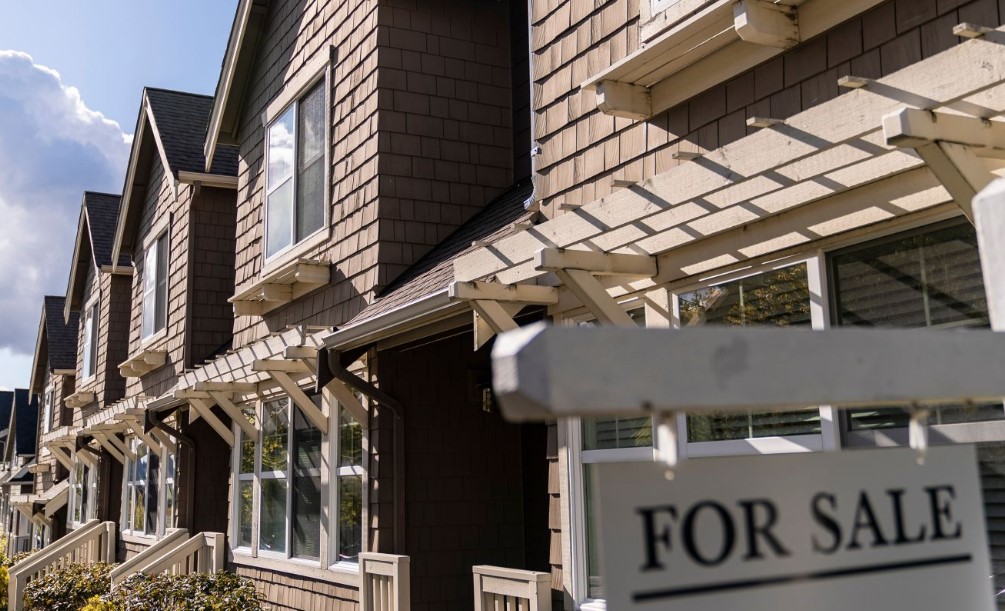
As the housing market continues to grow in 2025, numerous homebuilders are offering exceptional new homes with modern amenities, energy-efficient features, and customizable designs. Here are three outstanding new homes on the market today that cater to different buyer needs:
1. Luxury Villa by DreamHomes Builders
Use Case: Ideal for buyers looking for a luxurious, high-end home that offers the latest in design, technology, and comfort.
Features:
- 5 spacious bedrooms and 4 bathrooms
- Fully integrated smart home technology with voice-activated controls
- A large backyard featuring a heated pool, outdoor kitchen, and a fire pit
- Gourmet kitchen with premium appliances, including a double oven and a professional-grade range
- High-end finishes like marble countertops, hardwood flooring, and designer fixtures
Price: Starting at $1.5 million
Pros:
- Spacious layout that caters to large families or those who love to entertain
- Cutting-edge technology throughout the home, including security systems, lighting, and climate control
- Luxurious outdoor living spaces designed for year-round enjoyment
- High-quality materials and finishes ensure long-term durability and aesthetic appeal
Cons:
- The price point is higher than that of more modest homes, making it less accessible for first-time buyers
- Located in an upscale neighborhood, which may not appeal to those seeking more affordable or suburban options
Where to Buy: This stunning villa is available directly through DreamHomes Builders. Visit DreamHomes Builders to learn more and schedule a tour.
2. Eco-Friendly Townhouses by GreenBuild Developers
Use Case: Perfect for eco-conscious buyers who are looking to reduce their carbon footprint while enjoying modern, affordable living.
Features:
- Solar panels installed to reduce energy consumption and promote sustainability
- Built with recycled and eco-friendly materials
- Energy-efficient HVAC systems and water-saving fixtures
- Spacious layouts with green roofs and private gardens
- Smart thermostats and energy-efficient lighting systems to further reduce energy use
Price: Starting at $350,000
Pros:
- Environmentally friendly, helping buyers save on utility bills while contributing to sustainability
- Affordable pricing that makes it ideal for first-time buyers, young professionals, or couples
- Located in a suburban area with good access to public transportation, schools, and parks
- Lower maintenance costs due to the use of sustainable and durable building materials
Cons:
- Smaller than luxury homes, which might not be ideal for larger families or those looking for extensive living space
- Limited availability, meaning prospective buyers may need to act quickly
Where to Buy: Learn more about the eco-friendly townhouses by visiting GreenBuild Developers.
3. Modern Suburban Homes by PrimeHomes Construction
Use Case: Perfect for families who need a comfortable, affordable home in a suburban location with easy access to city amenities.
Features:
- 3 bedrooms, 2 bathrooms with spacious closets
- Open floor plans designed to enhance natural light and create a sense of space
- Private backyards perfect for family gatherings, barbecues, or relaxing
- Energy-efficient appliances and low-flow plumbing fixtures
- Smart home capabilities with security cameras, lights, and thermostats that can be controlled remotely
Price: Starting from $500,000
Pros:
- Reasonably priced for families or first-time buyers looking for modern amenities
- Suburban location offers a peaceful, community-focused lifestyle with proximity to schools, shopping, and parks
- Energy-efficient systems help lower utility bills, making it a cost-effective long-term option
- Ideal for young families seeking a balance of modern living and neighborhood community
Cons:
- Further from major city centers, which may be less desirable for those working in or near downtown
- Fewer customization options compared to higher-end or luxury homes
Where to Buy: Visit PrimeHomes Construction for more information on available properties.
How to Buy a New Home: A Step-by-Step Guide

Step 1: Research and Set Your Budget
The first step in purchasing a new home is conducting thorough research to determine which properties are available in your preferred location and within your budget. It’s important to account for all costs associated with the purchase, including down payments, closing costs, property taxes, and homeowner’s insurance. To narrow down your options, create a list of priorities for your new home, such as the number of bedrooms, proximity to work or school, and specific features like a home office or large kitchen.
Step 2: Find a Reliable Real Estate Agent
A reputable real estate agent is invaluable when purchasing a new home. A professional agent will have access to listings that may not be available to the general public and will provide insight into the local market, pricing trends, and neighborhood dynamics. They can help you negotiate with builders, ensuring you get the best deal possible and assist in navigating the often-complex process of securing financing.
Step 3: Visit Properties and Assess Features
Once you have a shortlist of properties, take the time to visit each one in person. Pay attention to details such as the quality of construction, layout, and overall design. Look for any potential issues that might arise in the future, like poor drainage, outdated materials, or areas in need of repair. If you’re interested in a particular home, ask the builder about customization options and upgrades that could enhance the property.
Step 4: Secure Financing
Most buyers require a mortgage loan to finance their new home. It’s important to shop around for competitive mortgage rates and terms. Consider meeting with a financial advisor to ensure you are getting the best deal based on your income and credit score. Many builders also offer in-house financing options or preferred lender partnerships, so be sure to ask about financing incentives or discounts.
Step 5: Make an Offer and Close the Deal
Once you have selected your home and secured financing, you can submit an offer to the builder or seller. If the offer is accepted, the closing process will begin, which involves signing contracts, finalizing financing, and transferring ownership. During this stage, a home inspection is usually conducted to ensure that everything meets the agreed-upon standards. Afterward, the final paperwork is completed, and the keys to your new home are handed over.
FAQs
1. How do I find the best deals on new home sales?
- Start by researching different builders, checking for any promotional offers or discounts. Visit open houses and model homes to get a feel for what each builder offers. Don’t forget to compare prices, amenities, and energy-efficient features to ensure you’re getting the best value.
2. Are new homes a good investment?
- Yes, new homes can be a wise investment because they typically come with modern features, lower maintenance costs, and better energy efficiency. As a result, they often appreciate in value over time, offering a solid return on investment.
3. Can I customize a new home?
- Many builders offer a variety of customization options, from choosing the layout to selecting finishes and upgrades. However, the degree of customization will vary depending on the builder and stage of construction, so it’s important to ask about available choices early in the process.

